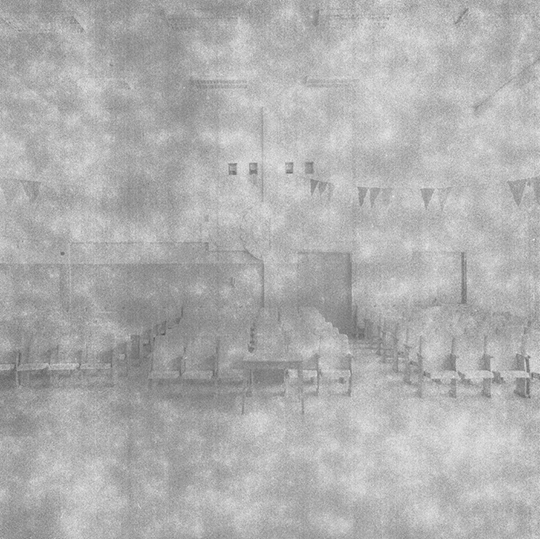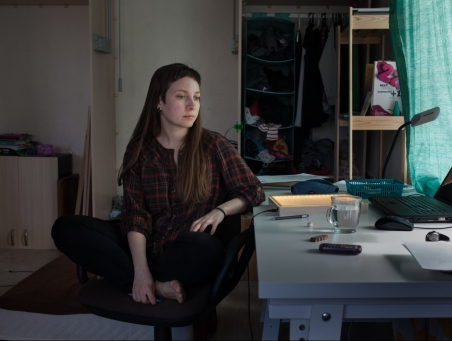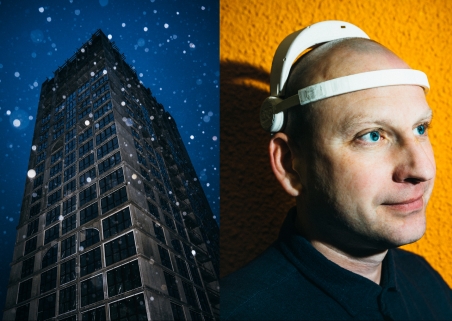Thesis 3: Bending Visibility
Read more theses on international photojournalism here.

From the series, "Silent Histories," by Kazuma Obara. More images from this series can be found here.
The future of photojournalism will be driven by overcoming the classic narrative techniques of linear storytelling to tell stories differently.
By awarding Japanese photographer Kazuma Obara’s “Exposure” series first prize in the 2016 People stories category, the World Press Photo Jury made a point of supporting innovation – a hint as to what the future of photojournalism could look like. It also brings back an essential discussion: The question of how to integrate non-traditional and innovative layers to underscore the story visually.
The series consists of eight frames shot on medium-format film found close to the Chernobyl nuclear power plant. It explores the life of a young woman who was one of the victims of the reactor accident.
What makes this series special is the texture of the photo, which was created by merging different elements to create visual interdependency. The monochromatic images are grainy and bleached out. Radiation has put its stamp on the material – and the photo – both impairing and defining what the viewer sees – and sending an implicit message of the decay caused by radiation.
Nils Bröer studied Cultural Sciences and Media and Mass Communication Sciences. He works as a photojournalist and reporter for various magazines and also keeps busy as an author, answering questions pertaining to photographic theory.
The n-ost Media Conference Translating Worlds yielded five essays on the challenges foreign correspondents are facing today, as well as a series of seven photo-theses concerning modern photojournalistic practice. The complete works are available here:

